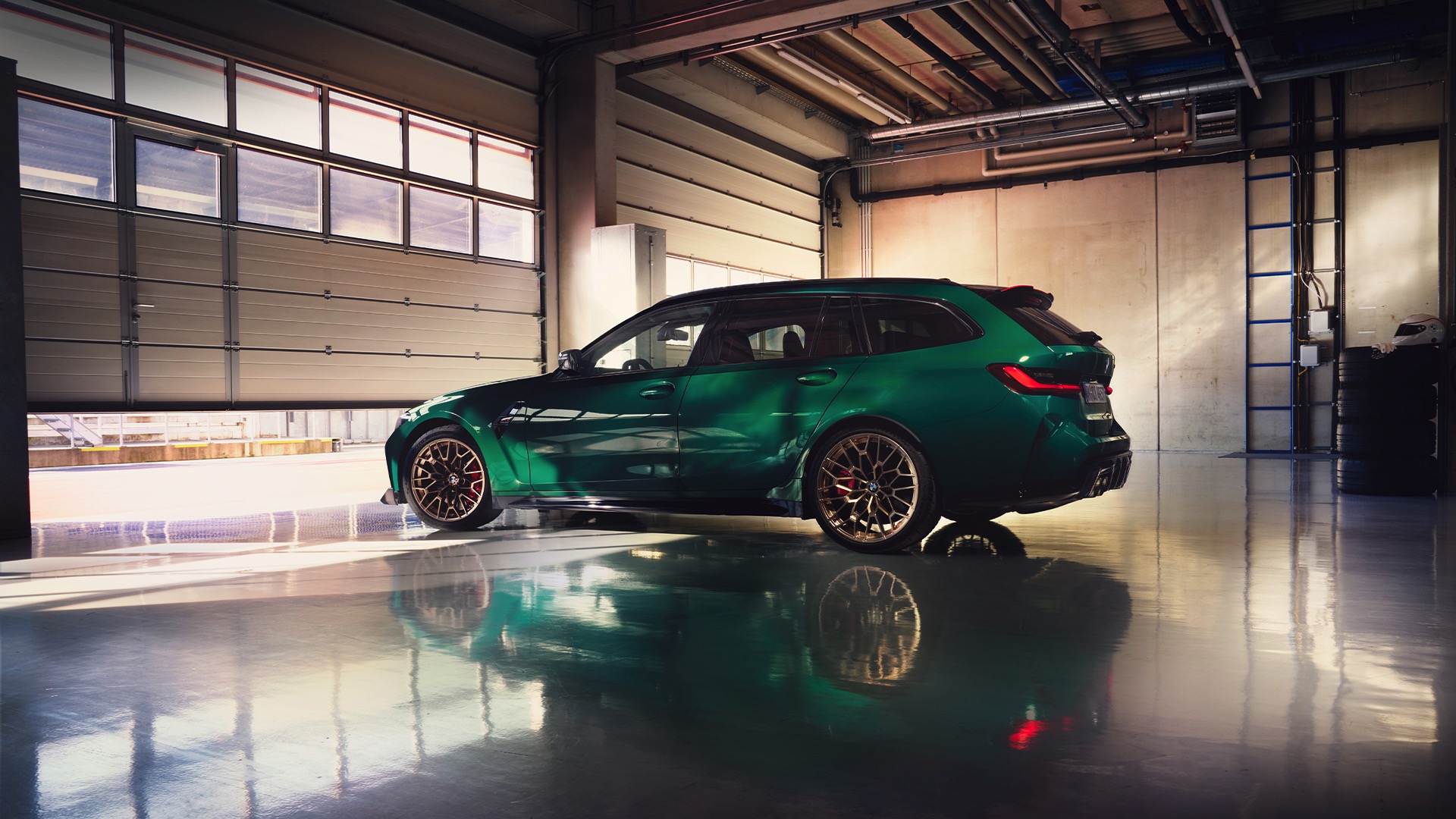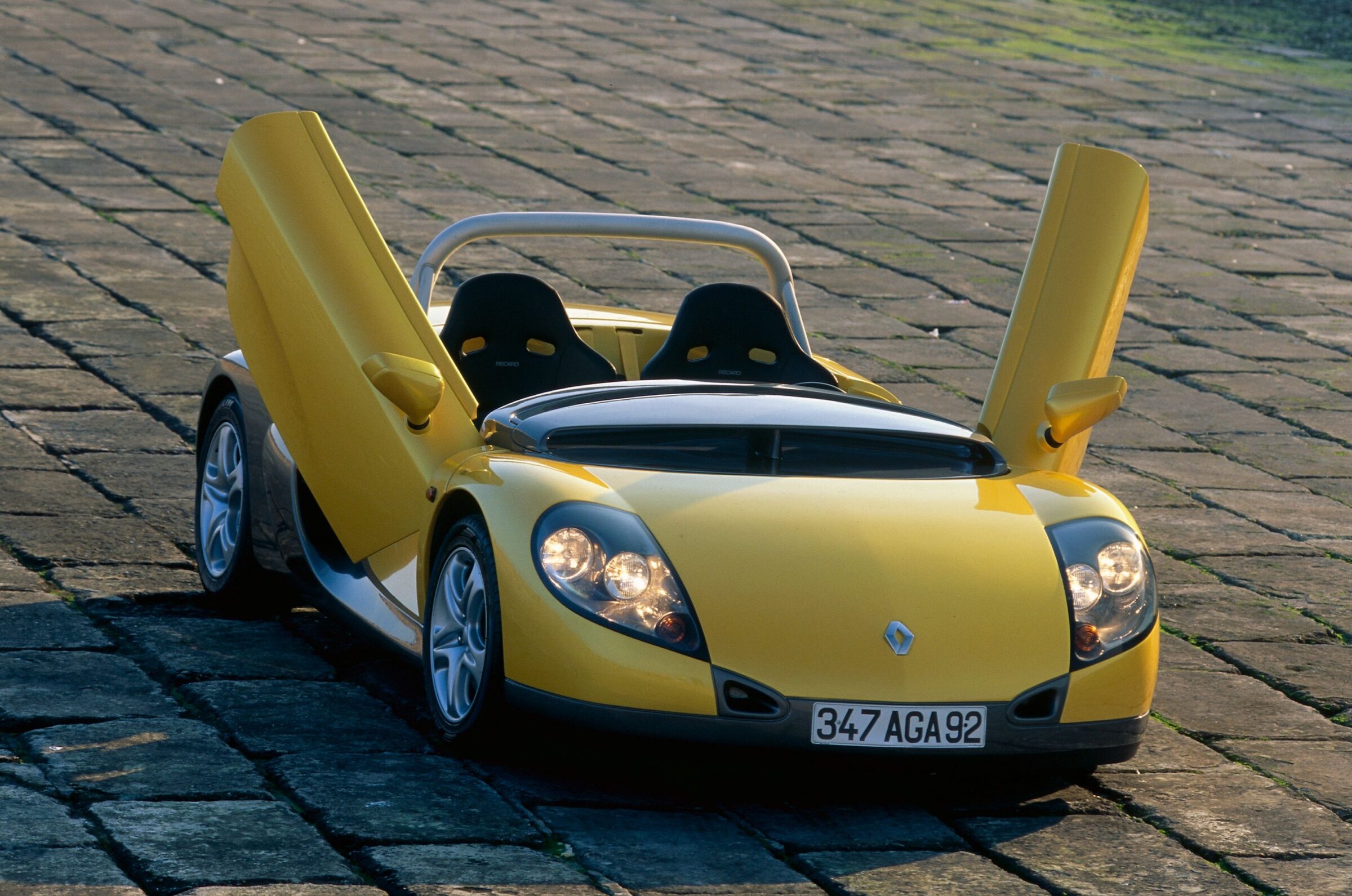Lagonda Rapide
Lagonda is in today’s parlance, even among car fans, a rare term. And yet, since 1947, this name has been an integral part of a brand name, even though it is rarely called complete: Aston Martin Lagonda Limited. To this merger of two British automakers it came under David Brown, whose initials adorn the sports car models of the brand, currently on the DB11 and DBS Superleggera. Until 1958, around 800 vehicles still rolled out of the old Lagonda factory, and then this company name initially disappeared as an independent one for cars. However, it already appeared back three years later, to decorate a vehicle that should not actually exist and that will be our topic today: the Lagonda Rapide.
David Brown met a very capable mechanic and strategy champion in motorsport and won him for his company and car production in 1950: John Wyer. As a general manager he had a strong influence on the development of the brand and was able to successfully set up the works racing team. Also the production numbers of the street cars rose. But he had no desire for a four-door luxury sedan, based on the DB4. David Brown, however, wanted to launch a competitor to the Bentley Continental saloons and offer his sports car customers a more comfortable everyday car with sporting qualities. The model name ‘Rapide’ came from the pre-war lineage of Lagonda. The 16-inch extended chassis of the Aston Martin DB4 was fitted with a DeDion rear axle, as it was used in the DBR1, which won the 24 Hours of Le Mans 1959. The power transmission from the 3.7-liter inline-six-cylinder engine to the rear wheels was provided by an automatic transmission as standard. Seven customers opted for a manual gearbox from the DB5.
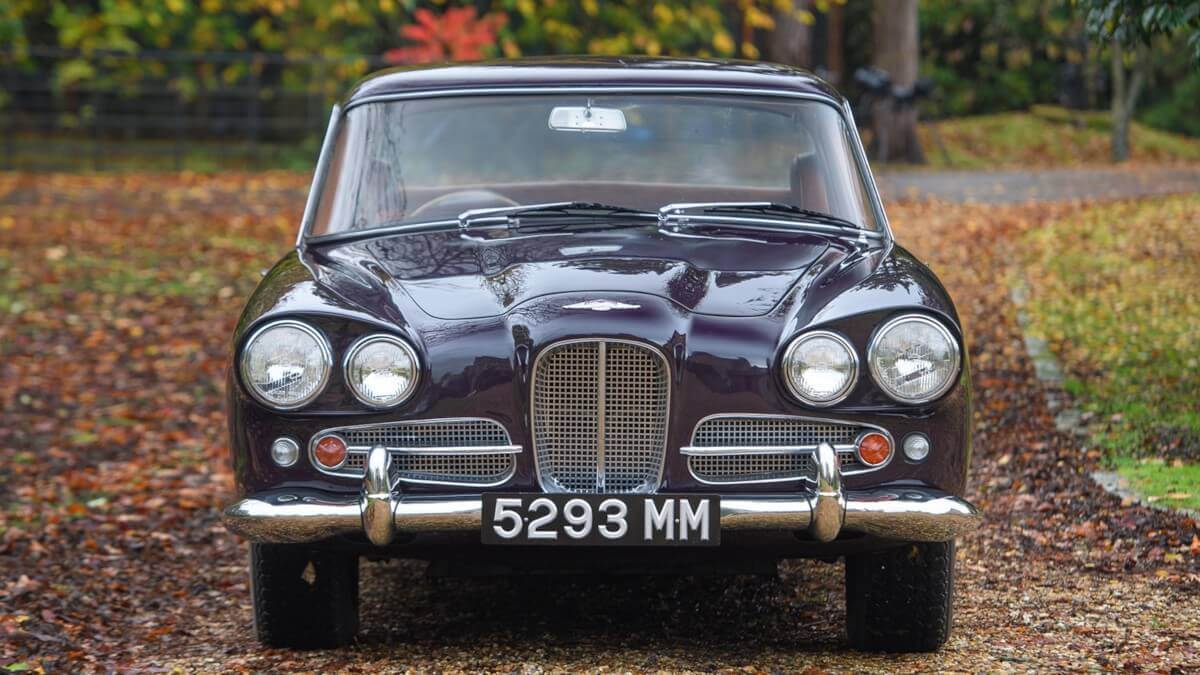

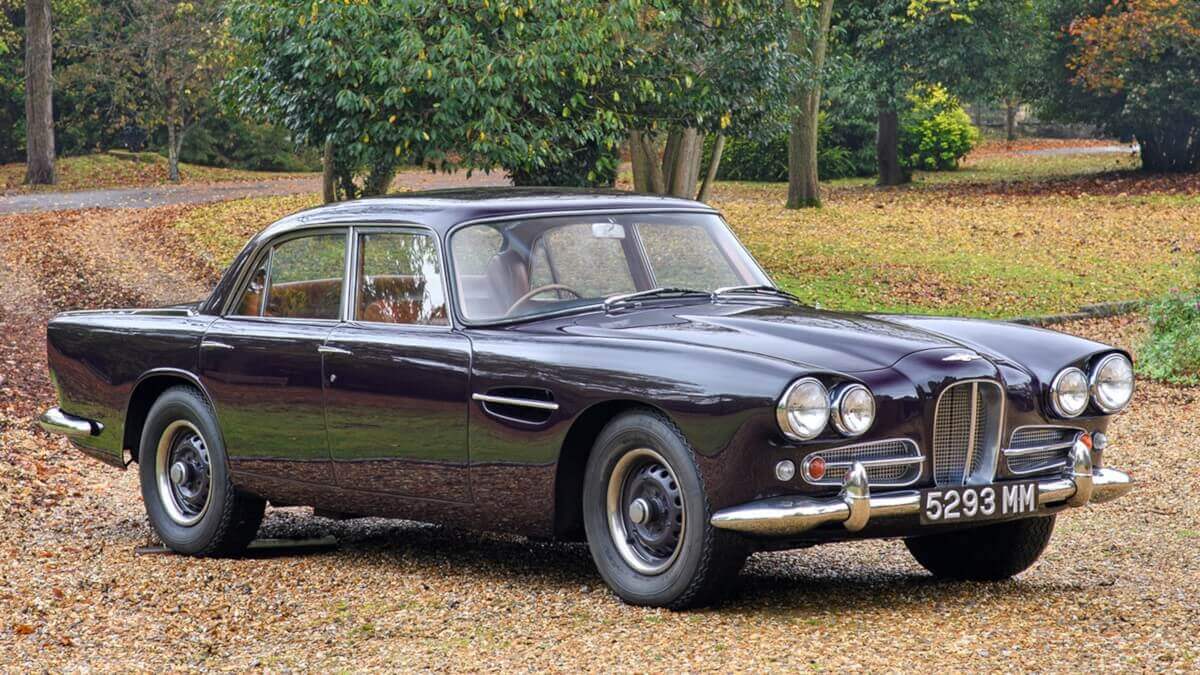

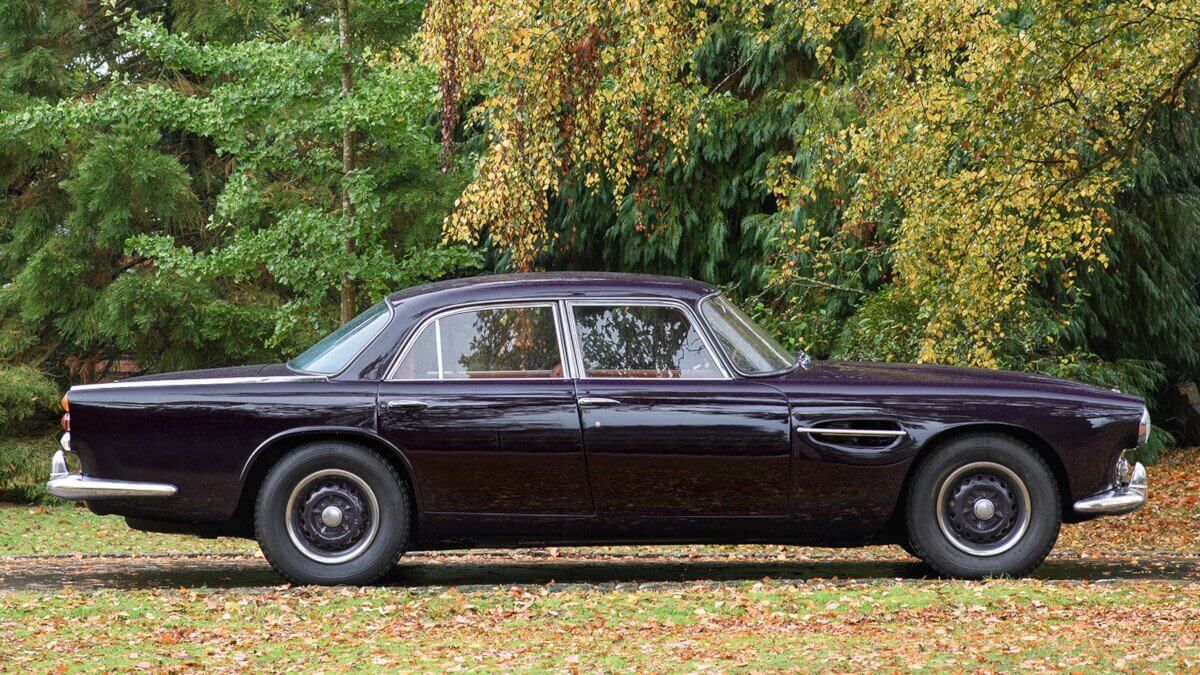







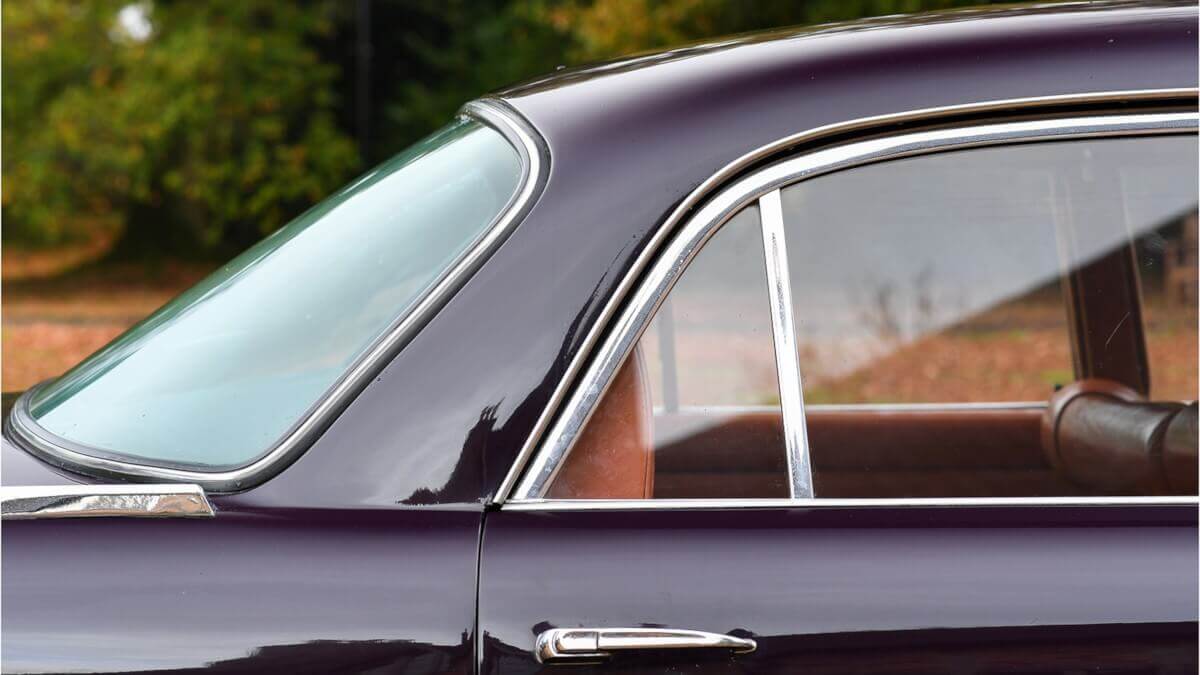

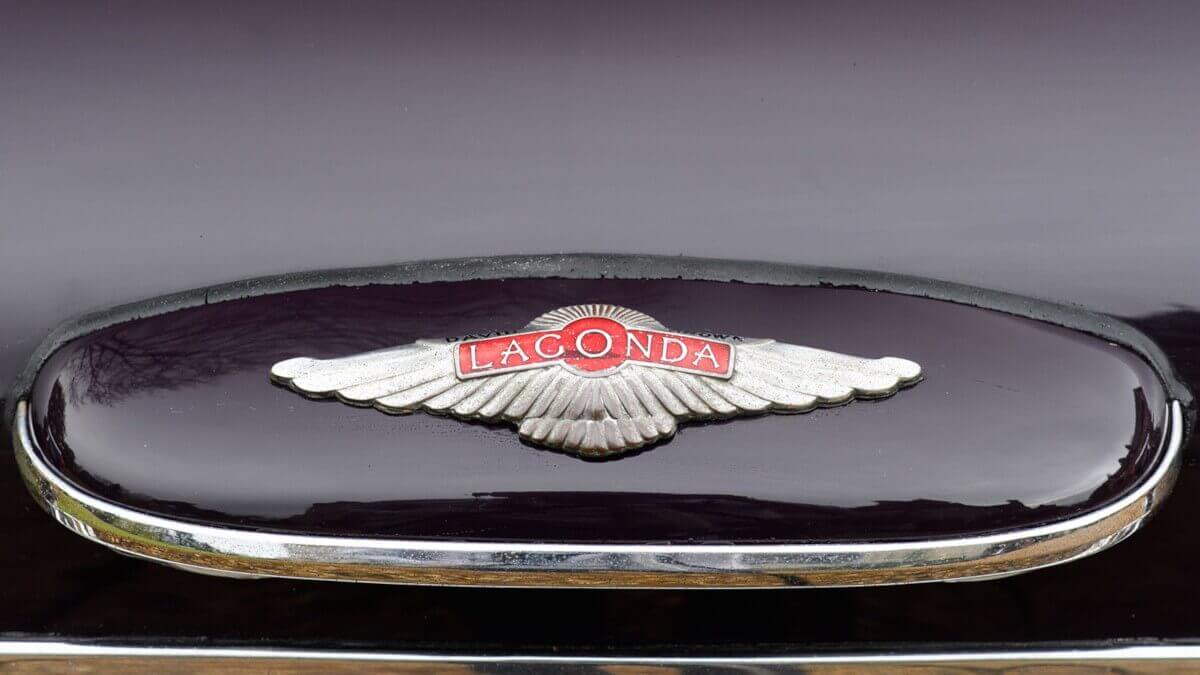

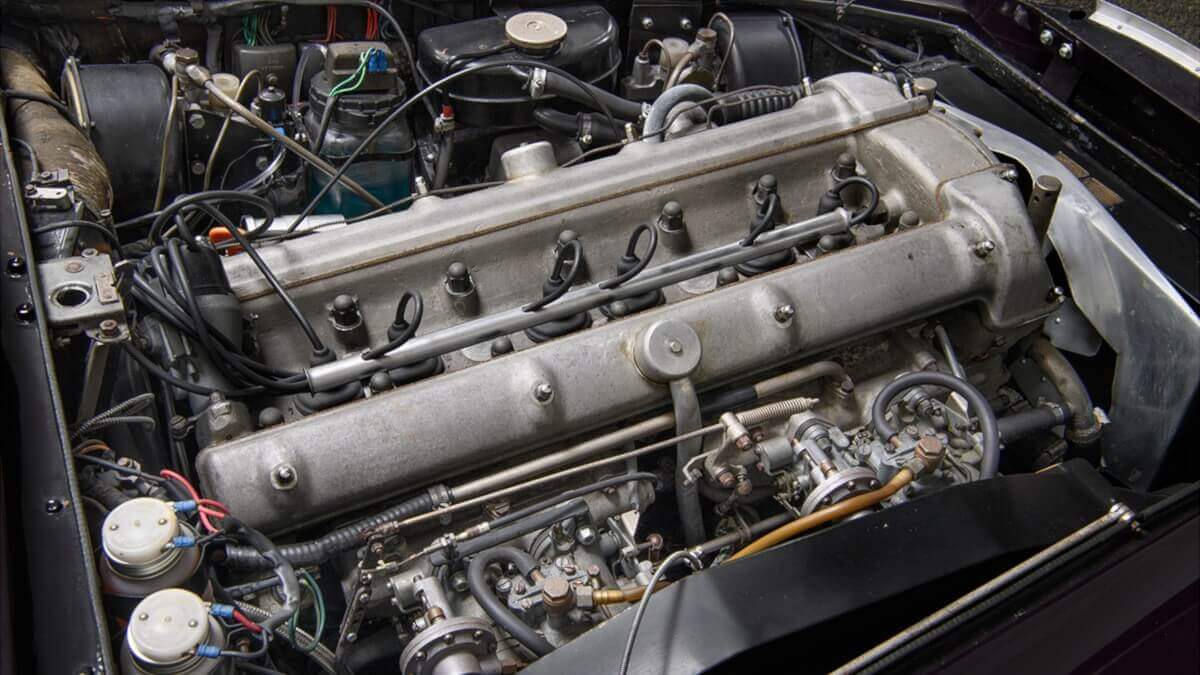





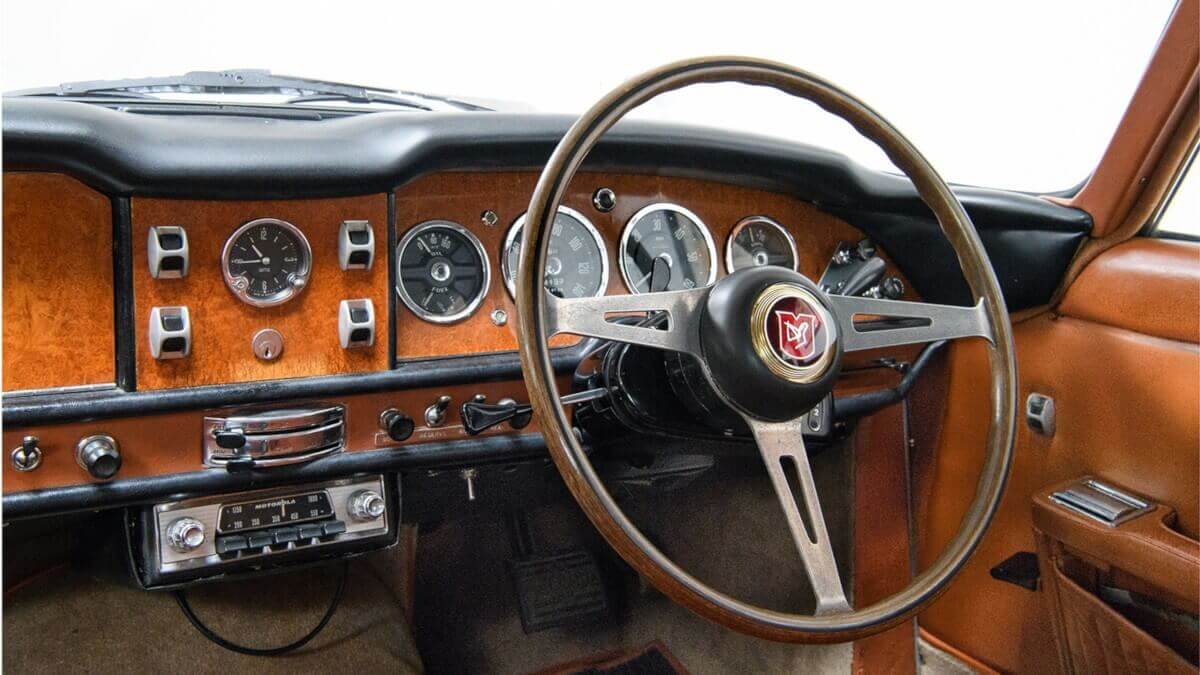



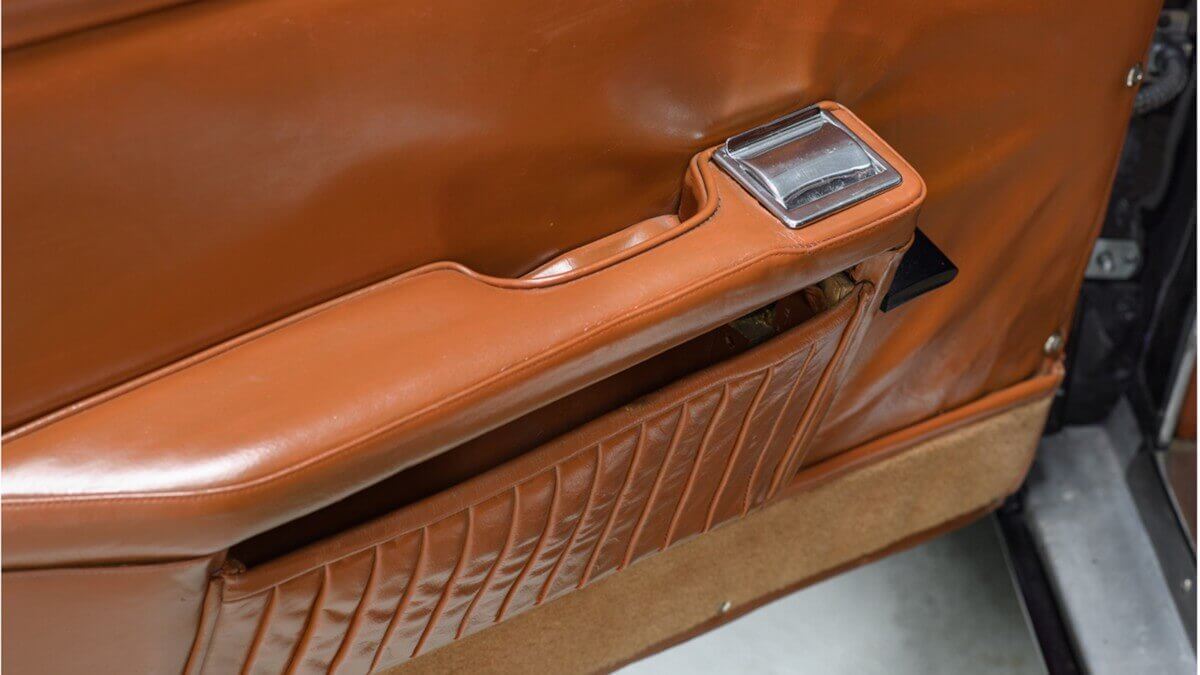

To get the most beautiful design for the vehicle, the chassis was then sent to Touring in Italy, where David Brown ordered a sporty but luxurious four-door sedan. There, various designs were created, which were submitted to Mr Brown, who finally decided for a tail design in the style of the DB4 and a front with French influences. The very first vehicle, the prototype with chassis number LR/101/R, arrived at the factory in Newport Pagnell in the spring of 1961, where it received its terracotta-colored leather interior with a DB4 dashboard, was repainted from the Touring blue by request of David Brown to ‘Roman Purple’ and then presented to the astonished press. They not only admired the extensive standard equipment with power windows, rear picnic tables and a two-zone air conditioning, but also the possible performance.
For the official world premiere at the Paris Motor Show in 1961, the car finally showed a completely redesigned dashboard with large wood trim surfaces to meet the luxurious demands of David Brown. Then the production started. Among the few customers who opted for a Lagonda Rapide was the Cartier family, whose vehicle was fitted with mink inside. LR/101/R served company owner David Brown as a company car and received the four-liter engine from the DB5, which was installed in every production vehicle ex factory. In 1964, this Rapide came into the possession of a good friend of David Brown and in 1975 it was bought by John Adams. He ordered an upgraded gearbox at the factory and maintained the car in the best possible way. Currently, the factory prototype, which differs in several small details – for example the front fenders and the rear fins – from the production cars and was the only Rapide receiving its bodywork at Touring in Italy, is for sale with classic car dealer Dylan Miles in the UK. It could be yours for 225,000 GBP.
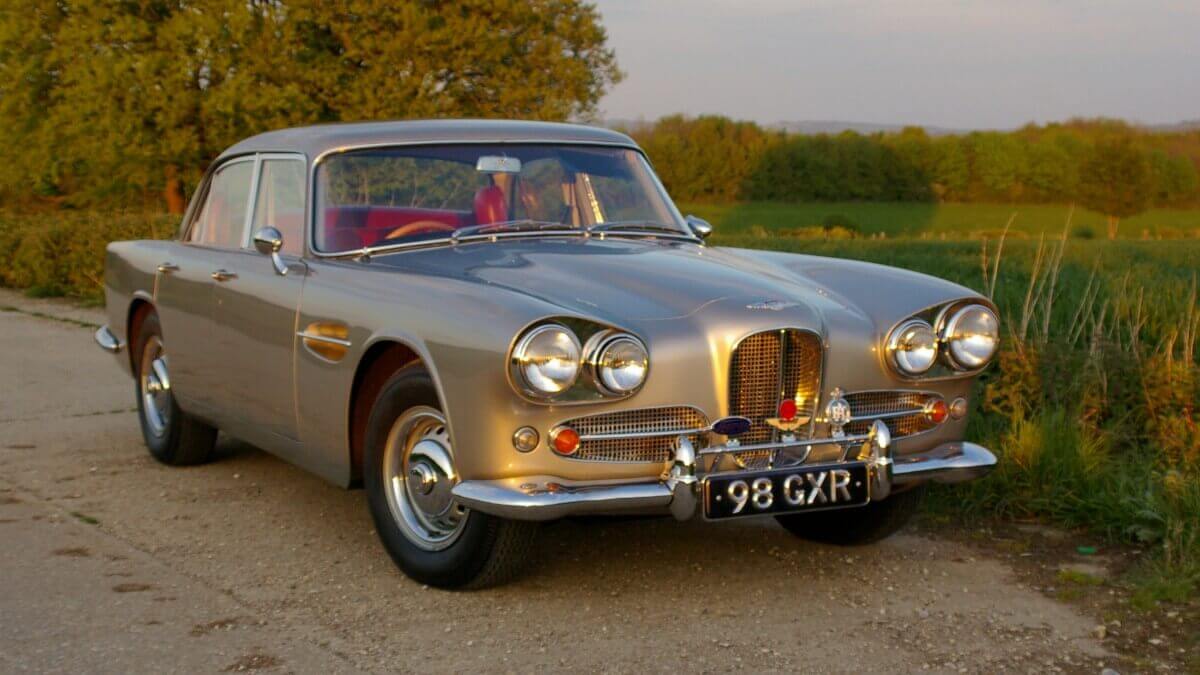

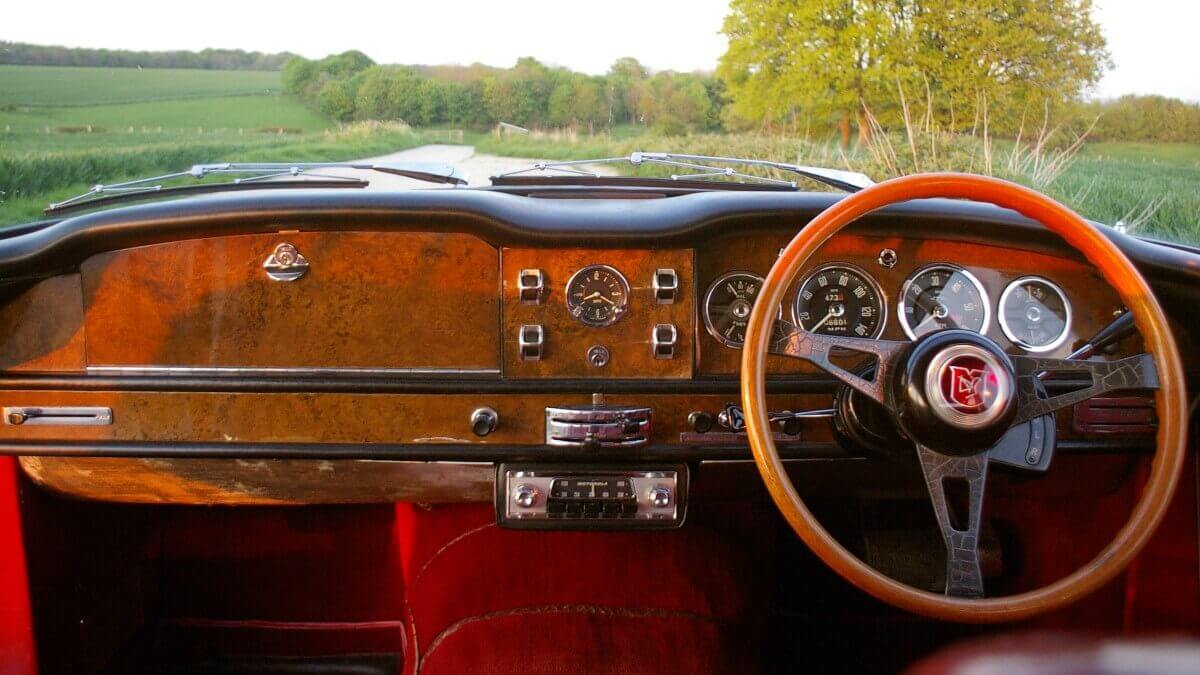

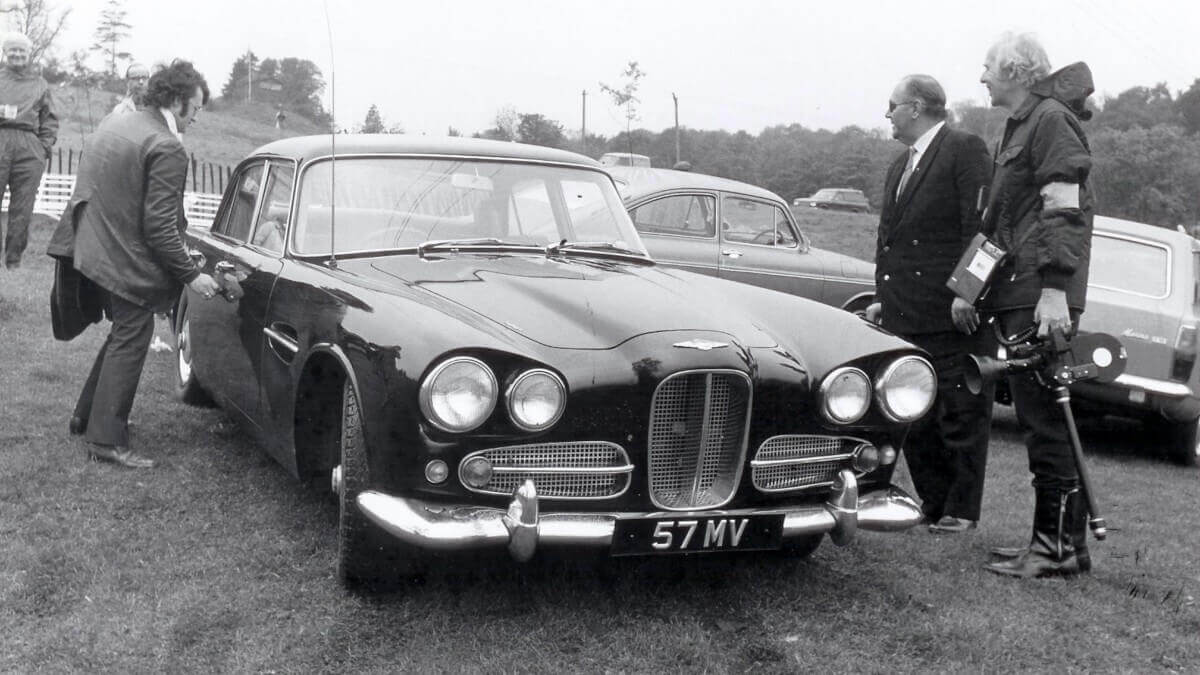







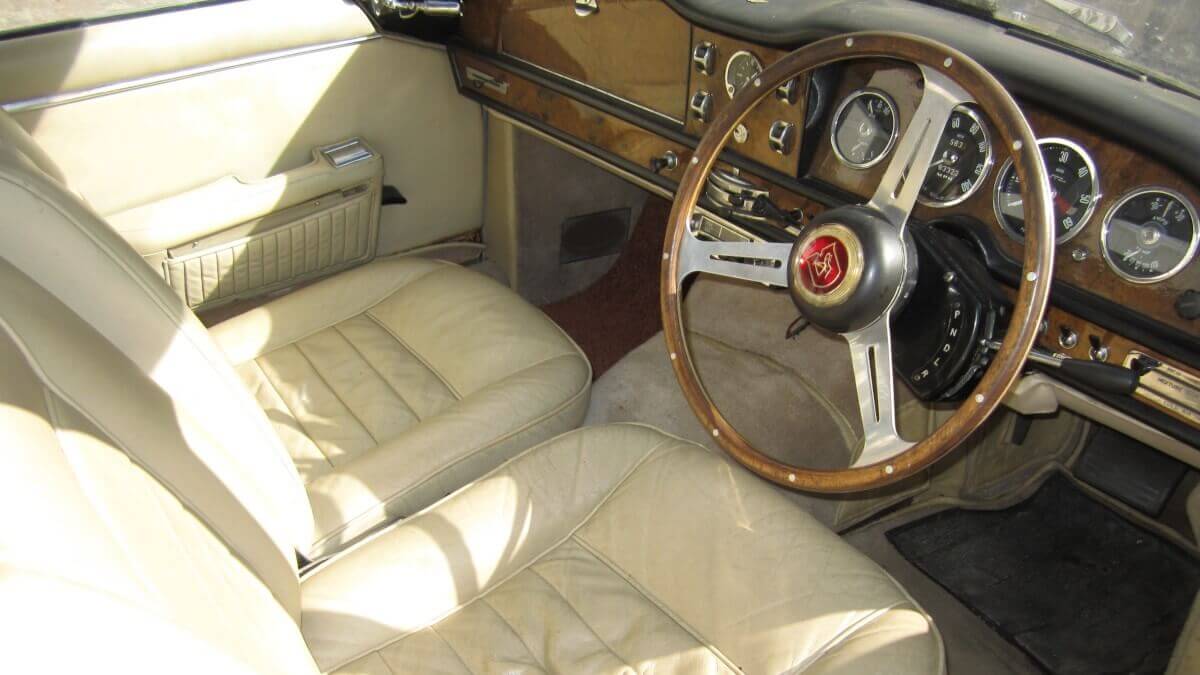



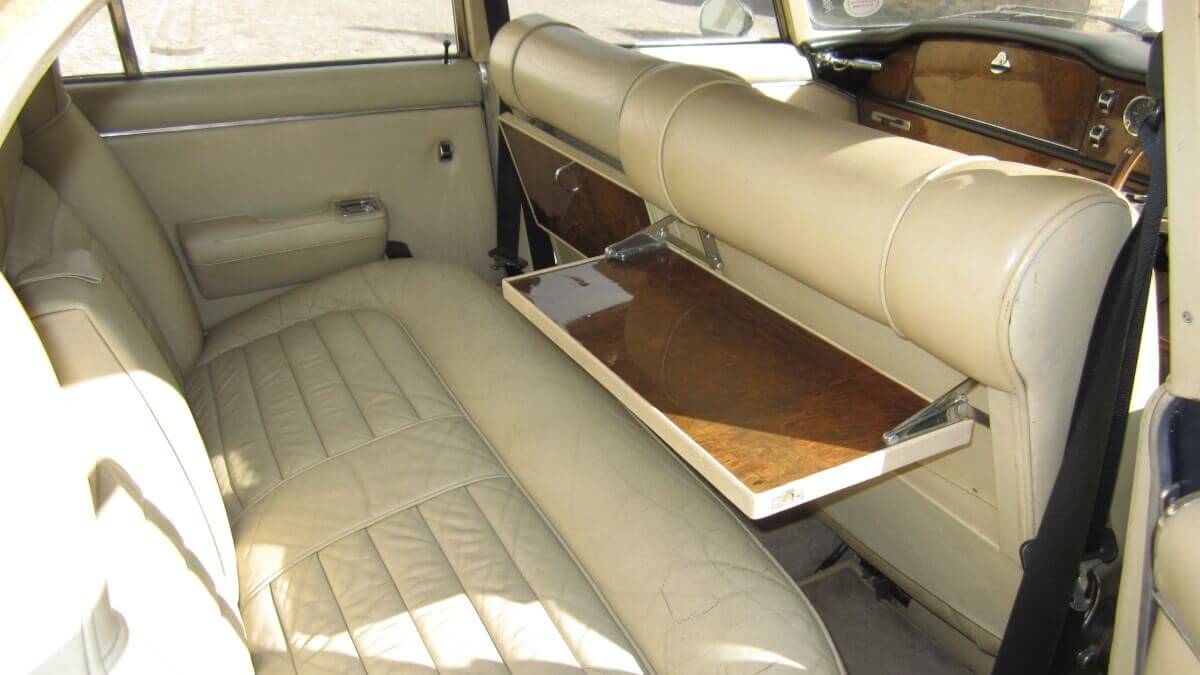









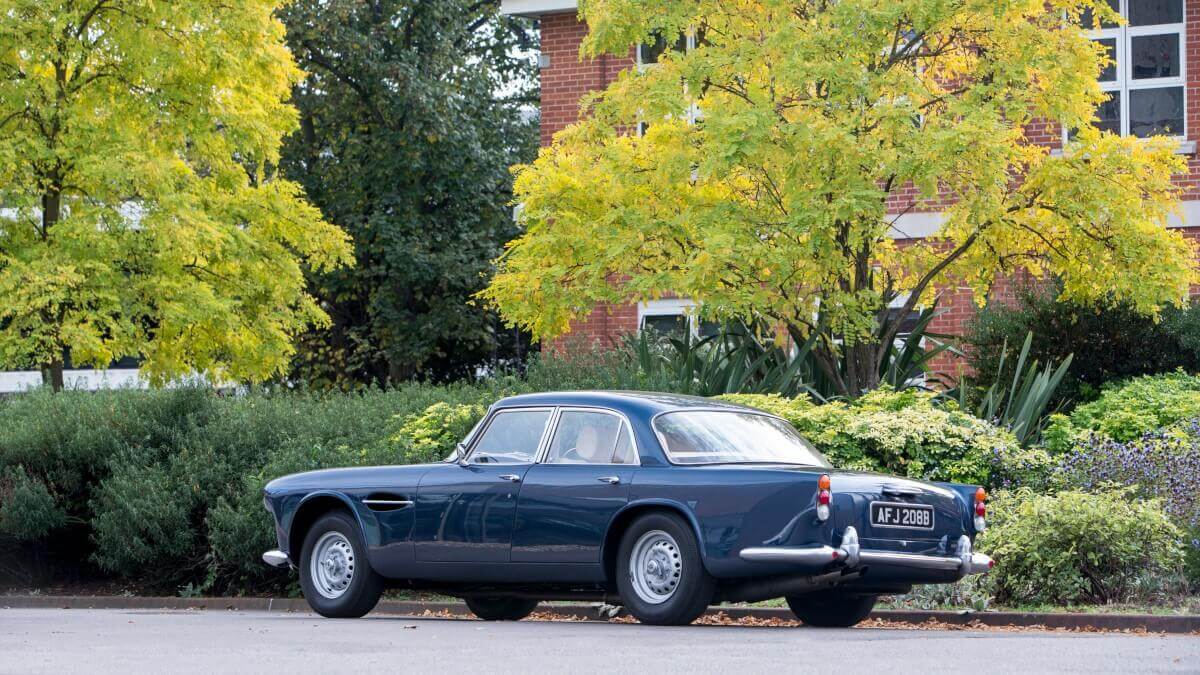



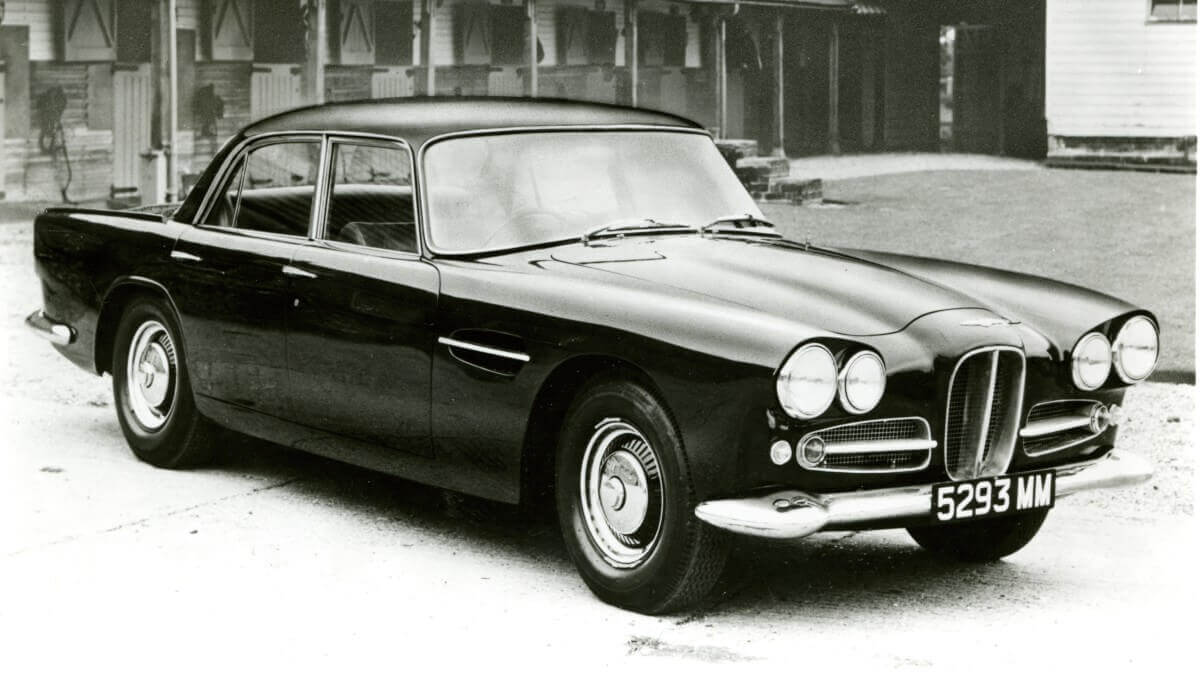

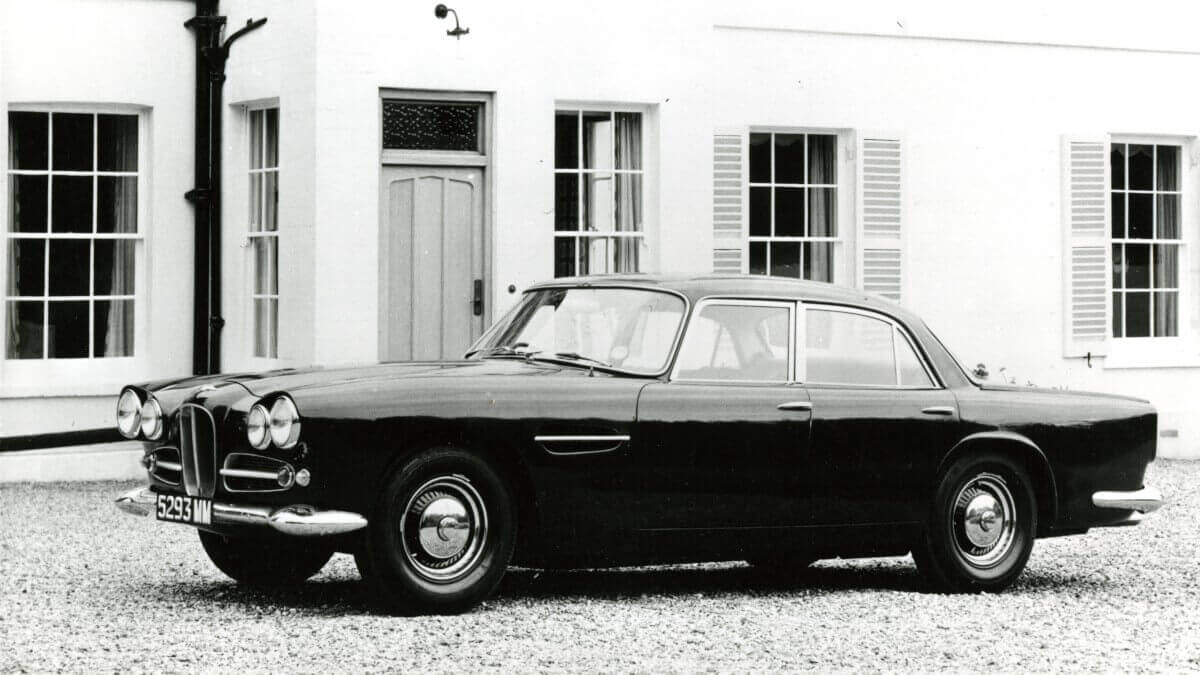





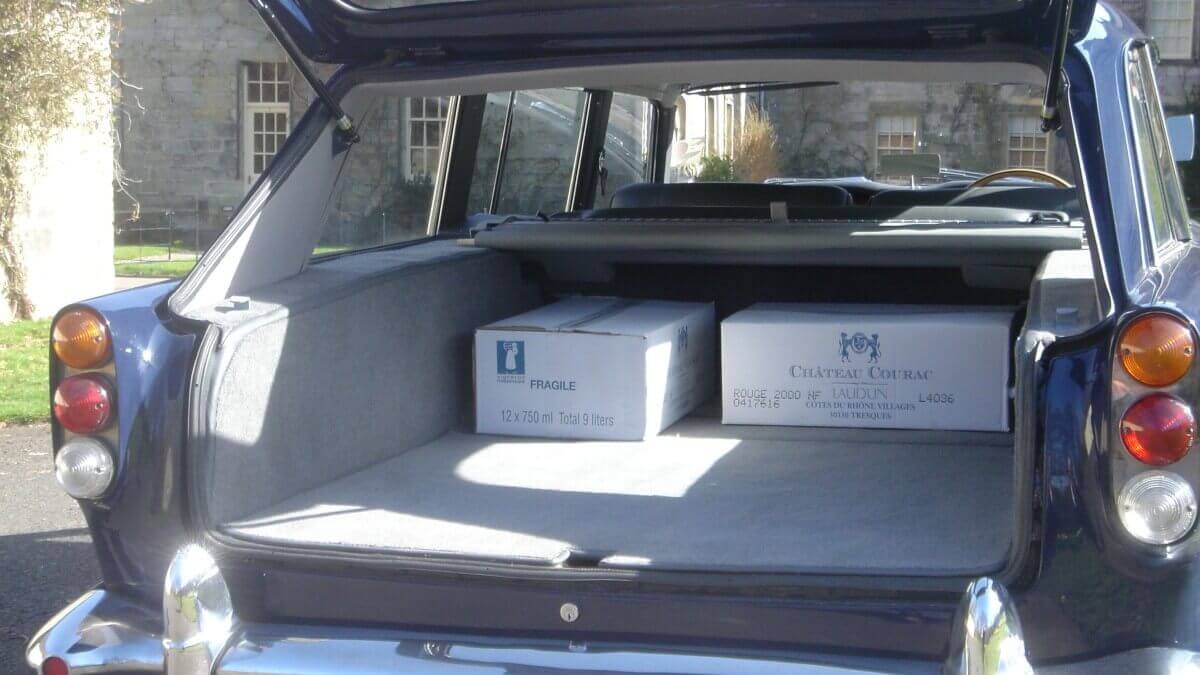

In recent years, the auction house Bonhams has become the main hub for the Lagonda Rapide. Of the 55 built vehicles more than ten rolled on auction events under their well-known banner, some even several times. Even the unique Shooting Brake, built in 2003 by an enthusiast, based on an early sedan and using original plans from Touring, almost crossed the block (it was withdrawn before the auction). These plans for a Shooting Brake were personally commissioned by David Brown at Touring, but cancelled before the Italians could built a car, since the sales figures of the sedan did not anticipate great success for a station wagon version.
Based on the first DBS, in 1969 the Aston Martin Lagonda Series 1 followed as another four-door sports sedan, again initially on request of David Brown. With modified front end design this vehicle went into low-volume production in 1974, with customer interest even lower than with the Lagonda Rapide: only seven copies were made until 1976 and another one finished on a spare chassis and spare parts at the end of last millennium. Nevertheless, Aston Martin still commissioned designer William Towns and technician Mike Loasby with a new Lagonda during the production of Series 1. That very edgy car was finally built in three series from 1978 to 1990 and found 645 customers worldwide. Meanwhile, Aston Martin wants to revive the brand name Lagonda for luxurious electric vehicles in the near future. The model name Rapide was also brought back into the model range in 2009. Since then the Brits offer a four-door sports sedan with the basic design of the DB9.
Images: Dylan Miles (first picture gallery), Bonhams, Aston Martin


